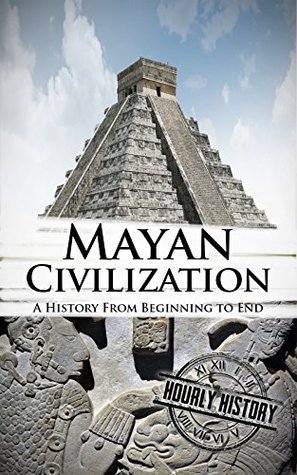More on this book
Community
Kindle Notes & Highlights
The Mayan civilization perceived a highly-structured cosmos, reflected in most aspects of their practices and societies.
The ceiba tree grew deep in the Central American rainforest. It was sacred. The Maya considered it the first tree or the world tree.
The sacred tree was thought to bridge the gap between the earthly realm and the spirit realm.
urns
The ceiba tree is a national symbol of Guatemala and was declared the national tree of the country in 1955, in part because of its importance to the Maya.
For 2,000 years, from 1100 BCE to 1500 CE, the Maya ruled their civilization in modern-day El Salvador, western Honduras, Guatemala, Belize and parts of southern Mexico.
when the Spanish arrived in the 1580s, along the Caribbean coast, a Franciscan priest and his secretary Antonio de Ciudad Real asked some Indians, "What's the name of this place? How did it get its name?" In response, the Indians said uic athan, which means, “what do you say” or “what do you speak?” In other words, the Maya didn't understand them. Ciudad Real wrote, "The Spaniard ordered it set down to be called Yucatan."
Christopher Columbus arrived on July 30, 1502, at Guanaja, which is one of the Bay Islands off the northern coast of modern-day Honduras.
extant
codices
subsumed
The Maya did not emerge from the lost tribes of Israel or Atlantis. Instead, based on overwhelming evidence from linguistics, physical anthropology, and archaeology, ancestors of all New World people, including the Maya, migrated from Asia as nomadic hunters and gatherers.
The Pre-Classic Era is considered to represent the Maya developments from 2000 BCE-250 BCE. The Classic Era includes 250 CE-900 CE. The Post-Classic Era includes 900 CE to 1697 CE.
The Mayan civilization was intimately tied to the Olmecs, a civilization which essentially vanished in 300 BCE.
obsidian
jade.
karst
cinnabar
stele


